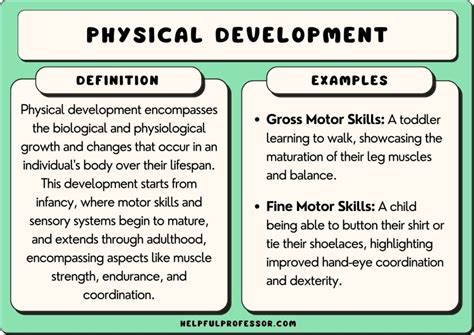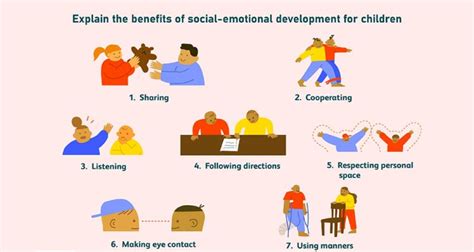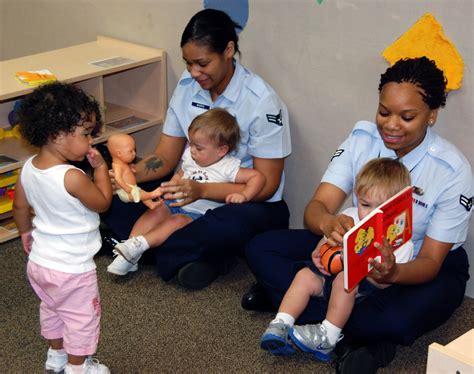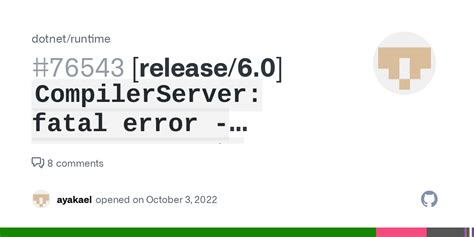Intro
Track your childs progress with 3 Year Old Milestones, including language, social, and cognitive development, fine motor skills, and emotional intelligence, to ensure a healthy growth trajectory.
As children grow and develop, they reach various milestones that mark their progress and achievements. For parents and caregivers, observing these milestones is a thrilling experience, as it signifies the child's growth and maturation. At three years old, children typically exhibit significant advancements in their physical, cognitive, and emotional abilities. Understanding these milestones is essential for parents to provide the necessary support and guidance to help their child thrive.
Three-year-old children are naturally curious, and their brains are constantly absorbing new information. They begin to demonstrate improved problem-solving skills, hand-eye coordination, and balance. Moreover, their language skills become more sophisticated, enabling them to express their thoughts and emotions more effectively. As they navigate their surroundings, they develop a sense of independence and start to assert their individuality. This stage is crucial, as it lays the foundation for future growth and development.
The journey of a three-year-old is filled with excitement, exploration, and discovery. As they encounter new experiences, they begin to form connections between cause and effect, and their memory starts to develop. They may also exhibit a stronger attachment to family members and caregivers, while simultaneously seeking to establish their own identity. This delicate balance between dependence and independence is a hallmark of this age group. By recognizing and supporting these milestones, parents can foster a nurturing environment that encourages their child's overall development.
Physical Development

Some key physical milestones to look out for in a three-year-old include:
- Improved balance and coordination
- Ability to run, jump, and climb with ease
- Refined fine motor skills, such as dressing and using utensils
- Enhanced hand-eye coordination, enabling activities like throwing and kicking a ball
- Increased strength and endurance, allowing for longer periods of physical activity
Refining Motor Skills
As children refine their motor skills, they become more confident in their abilities and more willing to take risks. This, in turn, fosters a sense of independence and self-reliance. Parents can support this development by providing a safe and stimulating environment that encourages physical activity and exploration. For instance, setting up an obstacle course or providing a balance beam can help improve balance and coordination.Cognitive Development

Some key cognitive milestones to look out for in a three-year-old include:
- Improved problem-solving skills, such as figuring out how to put a puzzle piece in place
- Enhanced memory, enabling them to recall familiar objects and events
- Expanded vocabulary and sentence structure, facilitating more effective communication
- Ability to follow simple instructions and engage in tasks that require focus and attention
- Development of pretend play, which fosters creativity and social skills
Language and Communication
Language and communication play a vital role in a three-year-old's cognitive development. As they learn to express themselves more effectively, they become more confident in their interactions with others. Parents can support language development by engaging in conversations, reading books, and singing songs. This helps to expand their vocabulary, improve sentence structure, and foster a love for learning.Emotional and Social Development

Some key emotional and social milestones to look out for in a three-year-old include:
- Assertion of independence, such as wanting to dress themselves or complete tasks alone
- Development of emotional regulation, enabling them to manage their feelings and behaviors
- Formation of close relationships with family members and caregivers
- Interest in interacting with peers, such as playing together or sharing toys
- Ability to express empathy and understanding towards others
Building Relationships
Building relationships is a critical aspect of a three-year-old's emotional and social development. As they interact with others, they learn important social skills, such as sharing, taking turns, and cooperating. Parents can support this development by modeling positive relationships, encouraging social interactions, and teaching empathy and understanding.Supporting Development

Encouraging Independence
Encouraging independence is a crucial aspect of supporting a three-year-old's development. As they assert their individuality and complete tasks alone, they develop a sense of self-reliance and confidence. Parents can encourage independence by providing opportunities for choice, such as selecting clothes or choosing a snack.Challenges and Concerns

Addressing Concerns
Addressing concerns and challenges requires a collaborative approach between parents, caregivers, and healthcare professionals. By working together, they can identify areas of concern, develop strategies for support, and provide targeted interventions to address specific needs.Conclusion and Next Steps

As you continue on this journey with your three-year-old, remember to stay informed, seek support when needed, and cherish the moments that make this stage so unique. By doing so, you'll be well on your way to raising a happy, healthy, and well-adjusted child.
We invite you to share your experiences, ask questions, or provide feedback on this article. Your input is invaluable in helping us create a community that supports the growth and development of young children.
What are the most significant milestones for a three-year-old?
+At three years old, children typically experience significant physical growth, refined motor skills, improved problem-solving abilities, expanded vocabulary, and enhanced emotional regulation. They also begin to assert their independence, form close relationships, and develop a sense of self.
How can I support my three-year-old's language development?
+Supporting language development in a three-year-old involves engaging in conversations, reading books, singing songs, and encouraging communication. You can also model positive language skills, such as using complete sentences and expressing emotions effectively.
What are some common challenges and concerns for three-year-olds?
+Common challenges and concerns for three-year-olds include delayed language development, struggles with emotional regulation, difficulty with social interactions, delays in physical development, and signs of developmental disorders. If you have concerns, it's essential to consult with a healthcare professional for guidance and support.
How can I encourage independence in my three-year-old?
+Encouraging independence in a three-year-old involves providing opportunities for choice, such as selecting clothes or choosing a snack. You can also support their physical development by creating a safe environment that fosters exploration and creativity.
What role do parents play in supporting their three-year-old's development?
+Parents play a vital role in supporting their three-year-old's development by providing a nurturing environment, encouraging social interactions, and addressing challenges and concerns. They can also model positive behaviors, such as emotional regulation, and provide opportunities for independence and exploration.
